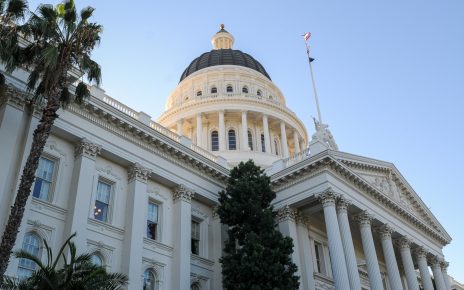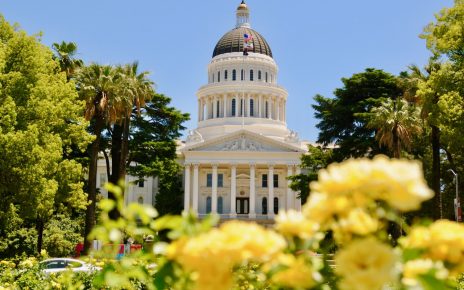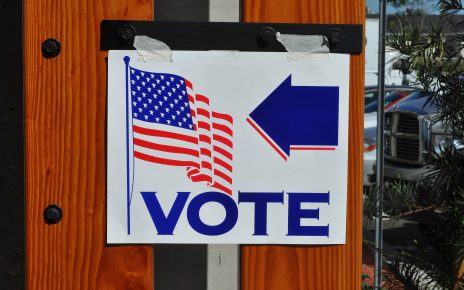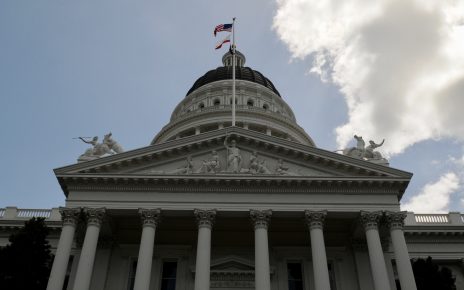California Bond Measures Submitted to Voters
On occasion, bond measures are submitted to voters in the State of California. The Elections Code, in Division 9, Chapter 5, provides several statutes related to bond issues. They are contained in Section 9400 to 9405. Section 9400 specifies that...





